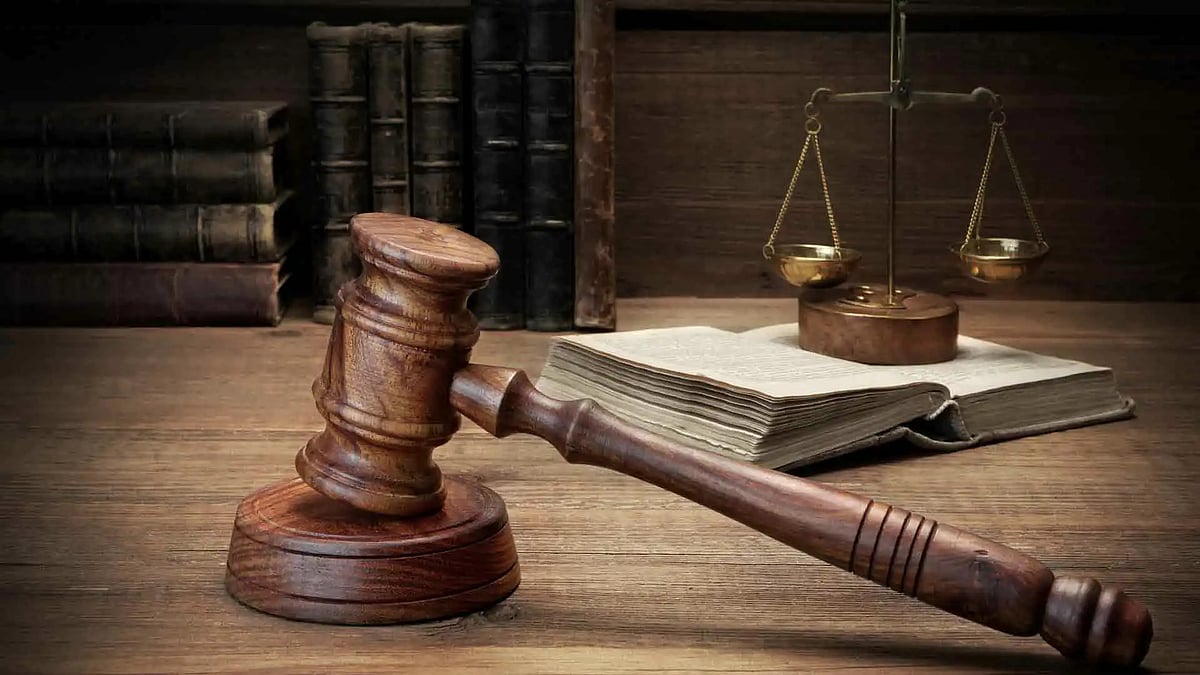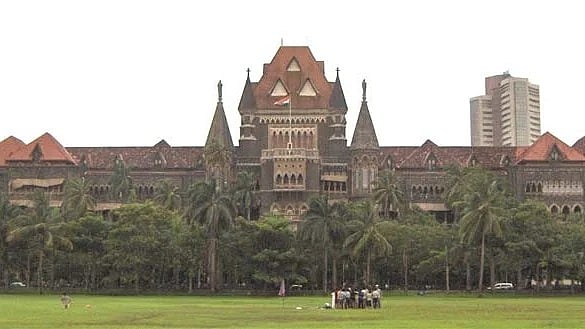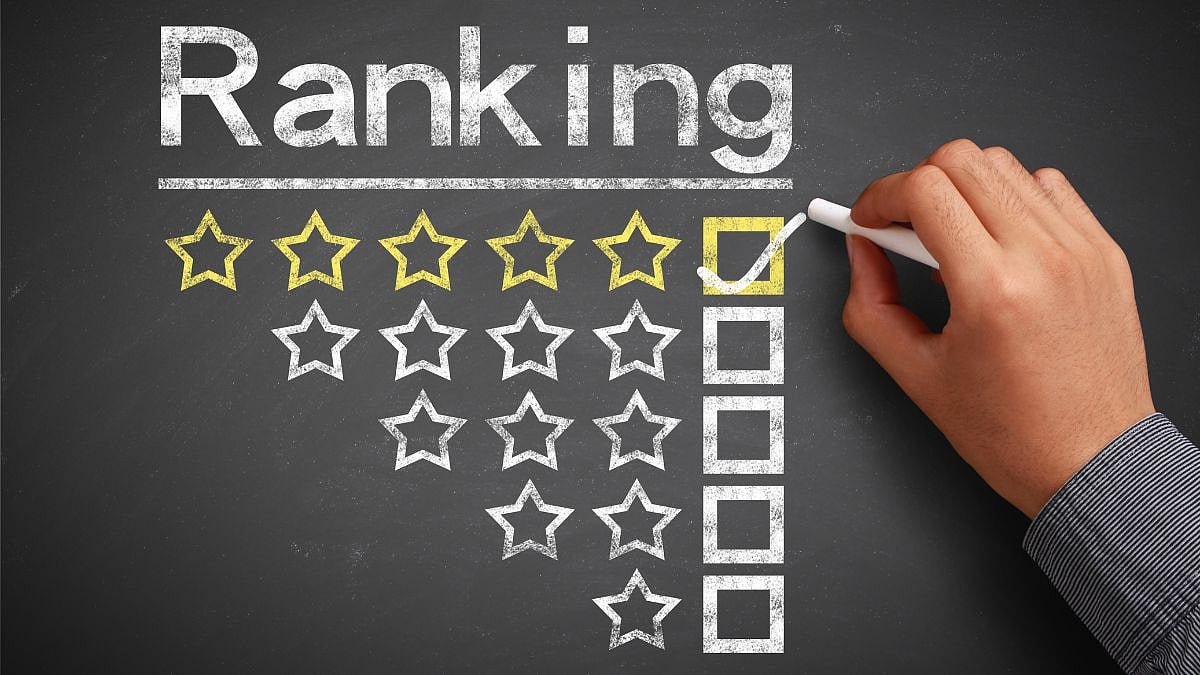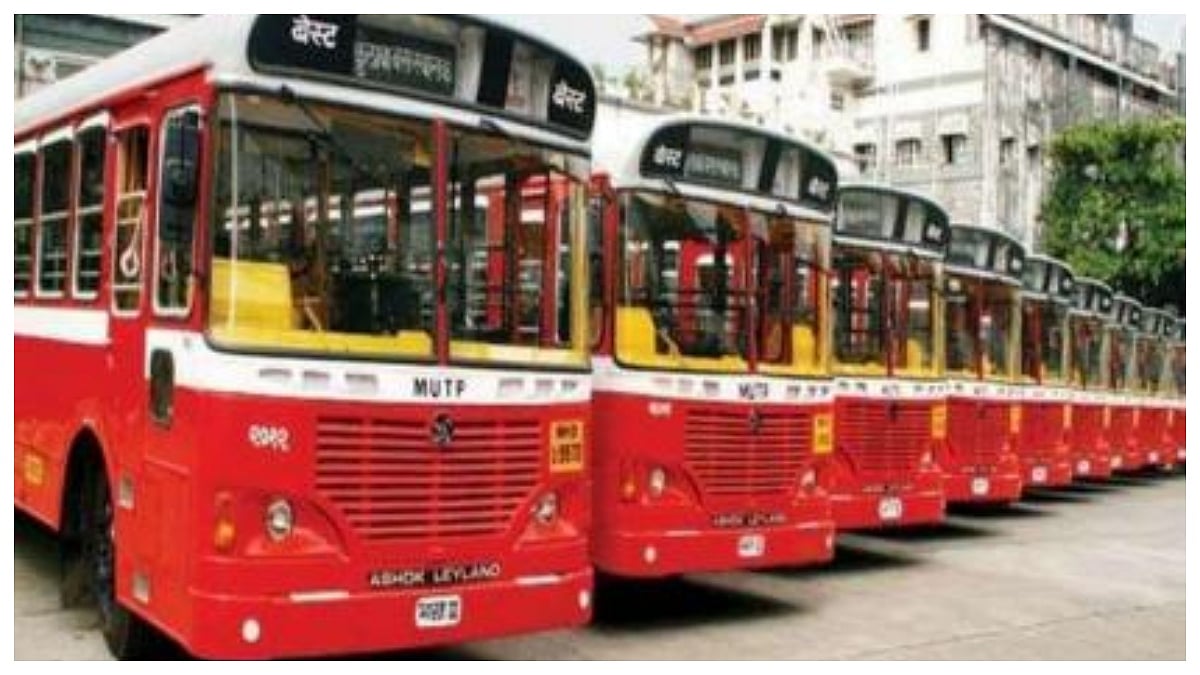The seventh woman judge of the Supreme Court, Indu Malhotra, will retire tomorrow amid adulatory speeches from the Supreme Court Bar Association (SCBA), which organises such functions with Jasti Chelameswar being the only judge to oppose it. Next month, CJI Sharad Arvind Bobde will demit office and N V Ramanna will be sworn in as the next CJI.
Turning to Malhotra while sharing the bench with her in the Supreme Court this week, Justice Dhananjaya Chandrachud said, “I will miss sitting with you on a division bench,” to which she replied, “I will also miss sitting with you.” Malhotra is three years older than Chandrachud, who will be sworn in as the 50th CJI with the longest tenure in that office.
What litigants want to know is who will occupy the vacancies created by such retirements. The collegium doggedly soldiers on, ignoring criticism of its opaque functioning, which was highlighted by Jasti Chelameswar’s boycott in 2016. The collegium has changed its collective mind as often as it has decided to elevate or transfer a judge, to the bemusement of jurists who wonder if it may be succumbing to the government’s diktat.
Patriarchal mindsets
Judges who replace those who retire are products of their own high courts, with sometimes patriarchal mindsets. Most of these judges advanced from advocate to advocate-general. They were elevated as additional judges in their mid-40s before confirmation and transferred as chief justice to a high court of their choice before being finally elevated to the Supreme Court. Indu Malhotra was an exception to this trend but Justice M R Shah, who is 19th in seniority as a Supreme Court judge is a typical example.
He thwarted his transfer to the Patna high court by the then CJI T S Thakur who threatened to withdraw judicial work from him. After CJI Thakur retired, the government sent back his file to the next CJI J S Khehar who succumbed to the government. Surprisingly, Justice Shah has now been elevated to the Supreme Court.
Be that as it may, the collegium system does not follow either the British system of the executive appointing judges or the US system, where Congress (or Parliament) has the last say. The collegium allowed the government to have the last say when it shortened the two-year probation of Pushpa Ganediwala to just one year on the grounds that she had shown insensitivity to child victims of lust under POCSO.
Mysterious process
The point here is, nobody knows how the collegium selects judges. It is unlikely the collegium dissects the judgments of probationary judges in the high courts or those to be elevated to the Supreme Court. If merit is vital, weightage must be given to all judgments of a putative Supreme Court judge, with extra marks for their recent judgments reported in law journals. It is impossible for the collegium to keep track of 870 out of 1,079 judges spread over 25 high courts. So, whether Telangana Chief Justice Hima Kohli will be elevated to replace Indu Malhotra or B V Nagarathna from Karnataka is anybody’s guess.
The Supreme Court has never succeeded in finalising a new Memorandum of Procedure (MoP) for judges’ appointments because of the endless bickering between the collegium and the Central Government. A news report published in February 2018 divulged the law ministry had written a letter to the Supreme Court in July 2017, admitting three points of discord: First, the Central Government wanted to keep secret its reasons for opposing the elevation of a wannabe judge if he was a danger to the ‘national security and overriding public interest’. Whether Gopal Subramanium was a danger to national security would only be known to the then CJI R M Lodha. Subramanium withdrew from the race to become a Supreme Court judge, after alleging the law minister had set up a probe panel to “fix him.”
Second, the Supreme Court was not in favour of creating a secretariat to keep records of high court judges and clear their names for elevation or confirmation as high court judges. It also opposed creating a judges’ committee, apart from the collegium, to examine all complaints against sitting judges. And third, it opposed any search-and-evaluation committees for selecting judges. In the absence of a finalised MoP, the government does have a decisive vote in who will be brought to the Supreme Court. This has nullified the NJAC judgment of 2015 and emasculated the collegium. Forget about judicial independence.
No credible mechanism
So, the collegium has failed to devise a credible mechanism to select Supreme Court judges. If merit outweighs seniority, this will include the number of majority judgments and also the number of well-reasoned dissents authored by the judge being considered, the number of concurring verdicts and the total number of cases disposed of by this high court judge.
Also under scrutiny would be his disposal rate and administrative acumen when he was elevated as the chief justice of another high court. Apart from his landmark judgments upheld by the Supreme Court.
These senior collegium judges have never defined what constitutes a landmark judgment after taking into consideration the number of hearings and court working days taken to deliver such momentous judgments. Seniority plus differential weightage given to the judge’s integrity, honesty, character, discernible biases towards caste, class, gender or religion, command over written and spoken English and political or communal ideology would weed out the unfit from entering the Supreme Court.
There is no objective criterion for establishing the inter-se seniority of judges sworn from the bar and the bench to the high courts and the Supreme Court. Advocate General Ashutosh Kumbhakoni resigned in 2008 as a Bombay high court judge, after the then President Pratibha Patil ignored his pleas to place him above district judges in seniority.
In 1988, no reasons were given why Kuldip Singh, who had more years as a judge, was placed junior to A M Ahmadi in the Supreme Court who was elevated from the bar. Kuldip Singh lost out to A M Ahmadi, who went on to become the 26th CJI while Jasti Chelameswar lost out by just a few minutes of seniority to the 45th CJI Dipak Misra, whom he accused in 2018 (with three other judges) of selectively allotting certain cases to selective judges.
When judges judge themselves, the judgment itself is in question.
The writer holds a PhD in law and is a senior journalist-cum-lawyer of the Bombay high court.









